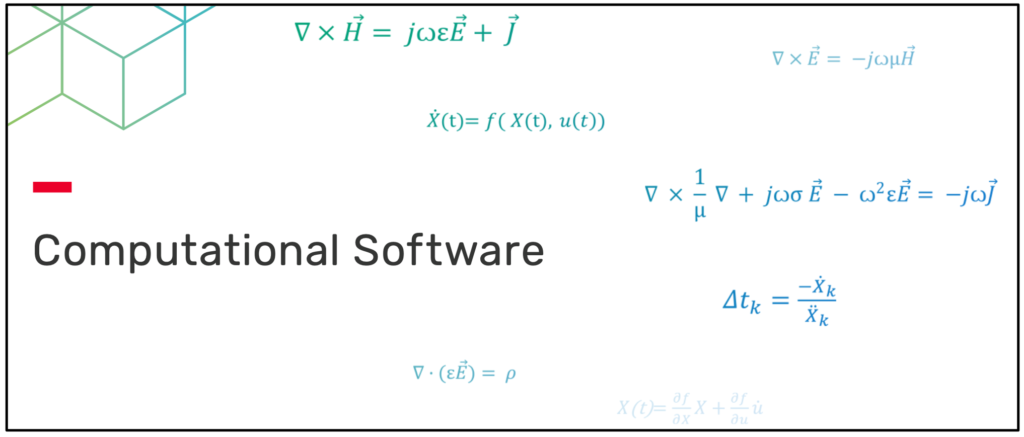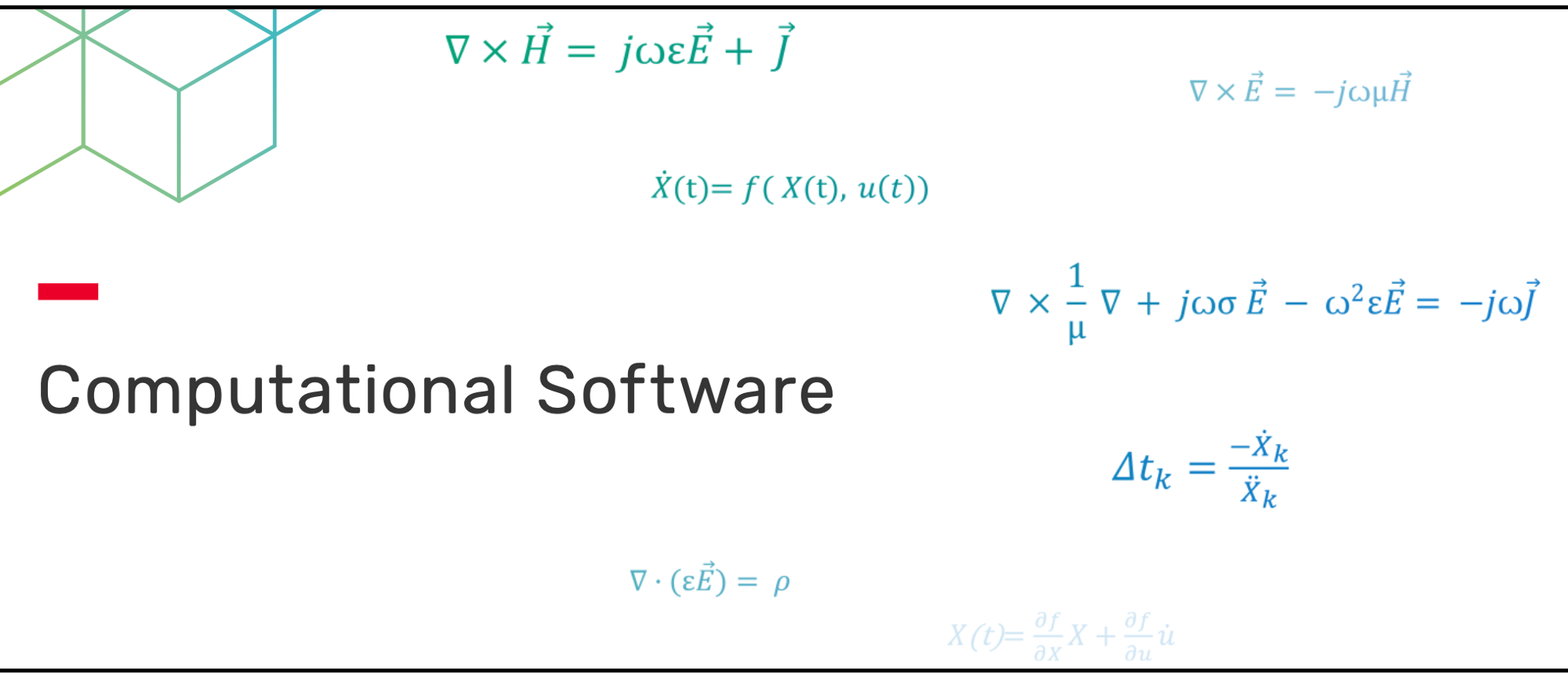
Based on what I’m seeing, I believe Cadence is looking at the world a bit differently these days. I first reported about their approach to machine learning for EDA in March, and then there was their white paper about Intelligent System Design in April. It’s now May, and Cadence is shaking things up again with a new white paper entitled simply Computational Software. You can get your copy of this new Cadence white paper here.
This new perspective from Cadence takes a look at EDA in a different way. Rather than tools and flows, it examines algorithmic complexity from a system design perspective. The subject of computational software and how to optimize it isn’t new. Anyone familiar with resolution enhancement and mask making will know what I mean. This field is called computational lithography and early work began in the 1980’s. The problem is simple to state—how do you accurately print a ~7nm feature with a light source whose wavelength is gargantuan by comparison (193 nanometers)?
Doing this isn’t easy. One needs to predict the printing distortion and then pre-distort the shape, so it comes out looking like you intended it to. The computation associated with this kind of thing explodes very quickly. Extreme UV lithography (light source wavelength = 13.5 nm) has tamed the problem some but has created a series of new challenges. This is a much longer discussion—I’ll stop here. You get the idea of what computational software is.
Back to the Cadence white paper. The perspective offered provides a refreshing look at chip design, one that looks beyond the chip to the system it is part of. Cadence points out that many system companies now design the entire stack for their product—chips, packages, PCBs and software. Getting all this right requires a holistic approach to analysis and optimization across all these design disciplines. What is happening is a convergence of traditional EDA (e.g., IC, package, PCB) with system design considerations (e.g., software algorithms and their many and sometimes subtle interactions with the physical hardware). Artificial intelligence and machine learning are part of this as well to deal with exploding data volumes and analysis requirements.
This is the backdrop for the new Cadence white paper and a view of what EDA will look like going forward. The white paper examines the details of several representative computational problems. Algorithmic optimization, acceleration through massive hardware deployment and taming complexity through abstraction are all discussed.
You should definitely download this white paper and take a look for yourself.
To further whet your appetite, I’ll leave you with three key innovations that make this era of computational software different according to Cadence:
- Integration and co-mingling of previously independent design, analysis, and implementation to achieve optimal results,
- Partitioning and scaling of computation to thousands of CPU cores and servers, and
- The introduction of machine learning to improve and harness design heuristics for system optimization.
The piece ends with the statement that Cadence is a computational software company, and that’s a fresh look at EDA.
Share this post via:






Comments
There are no comments yet.
You must register or log in to view/post comments.